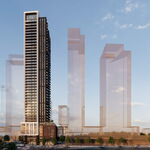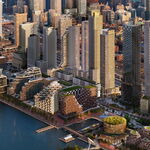smallspy
Senior Member
From what I have seen, it appears that the assumption is a midtown train would stop at Eglinton, where passengers could transfer to the Crosstown via steps to the Leslie stop. Is this preferable to trying to make a stop at Don Mills and making a connection to Relief Line North?
I think that the only people assuming a stop at Eglinton on any conceivable future Midtown GO line are the same people who think that there should be a stop on the Richmond Hill Line at Bloor. The geography doesn't lend itself to a good connection there.
Dan
Toronto, Ont.







